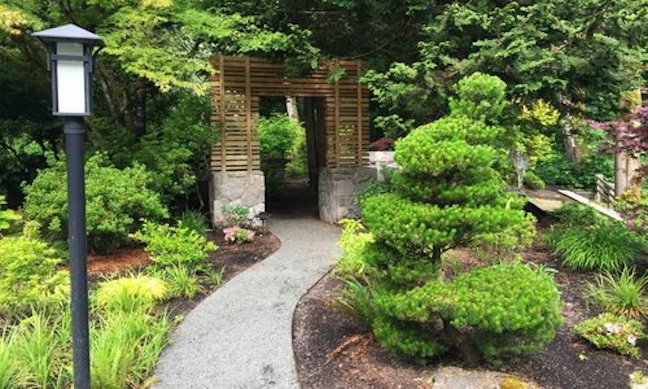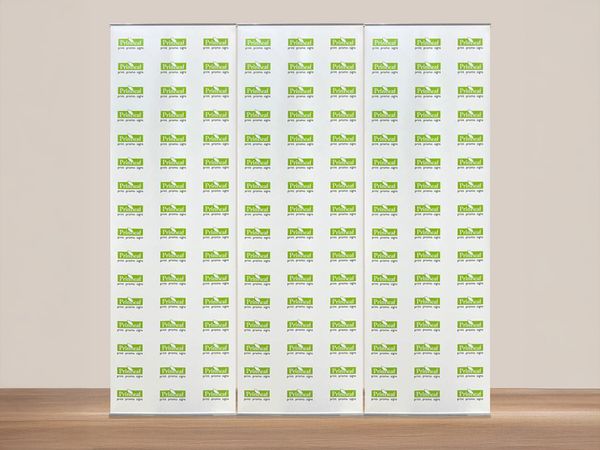Outdoor areas have become more than just green patches behind a home—they now serve as extensions of the way we live, entertain, and relax. A thoughtfully designed landscape enhances the character of a home, increases functionality, and adds long-term value. With the right approach, any yard—regardless of size—can be turned into a space that complements both lifestyle and environment. This landscape design blog explores fresh ideas, smart strategies, and practical design concepts that help homeowners create outdoor spaces with personality, structure, and lasting beauty.
Landscape design is no longer limited to just planting trees or installing pathways. It encompasses everything from space planning and material choices to color palettes and environmental impact. Today’s homeowners are looking for solutions that are not only visually appealing but also sustainable, low-maintenance, and tailored to how they use their outdoor spaces. Whether your property is urban or rural, flat or sloped, a creative and strategic landscape can change how you live outdoors.
Space Planning First
Great landscape design always starts with a clear plan. Every yard has unique features, and the layout must work in harmony with the natural terrain, sun exposure, wind direction, and privacy needs. Rather than jumping into planting or decor, it’s important to assess how the space is used—or could be used—and plan zones accordingly.
Some areas may be dedicated to socializing and dining, while others may serve as private relaxation corners or garden plots. Circulation paths between these areas should feel intuitive, and each zone should have its own function without being isolated. This level of planning creates both flow and purpose in the yard, making it easy to navigate and enjoyable to spend time in. A good landscape design blog often stresses the importance of this foundation, as it determines how successful the overall outcome will be.
Choosing the Right Plants
The planting phase is where most outdoor spaces begin to show their character. Plants add movement, texture, and seasonal color, but they also provide essential structure. Trees can frame a view, hedges can define space, and low-growing groundcovers can fill in bare patches while helping with erosion control.
Selection should be based on more than just aesthetics. Climate compatibility, water needs, and long-term growth patterns are essential considerations. Using native plants not only supports local ecosystems but often results in easier care and better performance. Layering is also an effective technique—using a mix of low, mid, and tall plants to build depth and create rhythm across the yard. Successful planting design takes patience and foresight, but the results mature into a lush, cohesive setting over time.
Texture and Contrast
When building a memorable outdoor setting, texture is just as important as color. Different leaf shapes, bark surfaces, and plant forms introduce subtle variations that make a yard feel vibrant and alive. Contrasts between soft foliage and rigid stone, or between glossy leaves and matte grasses, help highlight specific features and create visual interest.
In addition to plant textures, materials used for walls, walkways, furniture, and accents all play a role. A landscape design blog often showcases how mixing concrete with wood, gravel with brick, or glass with steel adds complexity without cluttering the design. The trick lies in keeping the overall palette limited so that the contrast is controlled rather than chaotic.
Lighting Matters
Landscape lighting is one of the most transformative features in outdoor design. It allows you to enjoy your yard long after the sun sets and highlights architectural or natural focal points. More than just a practical addition, well-planned lighting creates atmosphere and depth, turning gardens and patios into inviting nightscapes.
Different types of lighting serve different purposes. Uplights draw attention to trees or walls, path lights make walkways safer, and ambient lighting under seating or pergolas enhances comfort. Solar-powered and low-voltage options make installation easier and more energy-efficient. With thoughtful placement and layering, lighting elevates the experience of being outdoors and helps shape how the space is perceived.
Defining Zones
Clear definition between different areas of the landscape enhances usability and aesthetics. Even without walls or fences, visual cues can suggest boundaries. These can include variations in ground material, planting borders, changes in elevation, or shifts in furniture arrangement.
For example, a dining area might sit on a paved surface with surrounding shrubs, while a lounge area could be slightly sunken and framed with ornamental grasses. Small spaces can also benefit from zoned design, as it prevents the yard from feeling like one undefined area. Dividing space doesn’t mean separating it entirely; it’s about creating subtle distinctions that guide movement and function.
Outdoor Living Features
As lifestyles evolve, so does the function of outdoor space. A growing theme in any relevant landscape design blog is the concept of outdoor rooms. These aren’t just seating areas—they’re fully functional environments with purpose and comfort built in. Outdoor kitchens, fire pits, reading nooks, meditation decks, and even open-air home offices are becoming standard inclusions in modern backyards.
The design of these spaces mirrors interior design, with attention to layout, furniture, lighting, and accessories. Weather-resistant materials and textiles make it easy to recreate indoor comfort outside. These features aren’t limited to large properties—small decks, patios, or courtyards can also support multi-functional living with the right design approach.
Natural Flow
Flow describes how people and the eye move through a space. Good flow means that the space feels easy to navigate, and no area feels disconnected or out of place. It can be achieved through the arrangement of pathways, alignment of plant beds, repetition of materials, or the use of focal points that draw the eye.
In landscape design, flow also considers the transitions between indoor and outdoor environments. Using similar tones, finishes, or design motifs helps blur the line between house and yard. Sliding doors, covered patios, and matching flooring materials make the yard feel like an extension of the living room rather than a separate zone.
Low-Maintenance Strategies
Simplicity is often the secret to long-term success in a landscape. While lush gardens may look beautiful, they can demand high maintenance if not designed carefully. Modern homeowners are increasingly looking for outdoor solutions that balance beauty with ease of care.
Some helpful strategies include reducing lawn area, installing drip irrigation, using mulch for weed control, and choosing slow-growing or drought-tolerant plants. Hardscaped areas such as patios or gravel beds require less upkeep than planted beds and offer practical surfaces for outdoor use. In this blog, we emphasize planning for sustainability and maintenance from the beginning, so the space continues to thrive without constant effort.
Small Space Solutions
Designing for compact yards, courtyards, or balconies can be just as rewarding as working with larger lots. Limited space encourages creativity and often results in highly intentional, detailed design. Vertical gardening, built-in benches, narrow planters, and foldable furniture all work well in confined areas.
A limited footprint also makes focal points more important. One large planter, statement sculpture, or specimen tree can define the entire design. Layering still applies, but it must be done on a smaller scale. With the right approach, even the smallest outdoor space can feel open, inviting, and tailored to its owner’s needs.
Material Selection
The choice of materials in landscape design affects not only appearance but also performance. Climate, usage, and desired atmosphere should all influence these decisions. Natural stone gives a timeless, elegant feel, while concrete offers a more contemporary look. Wood provides warmth and organic appeal, though it requires regular care depending on exposure.
Pairing materials thoughtfully contributes to a cohesive design. Mixing too many textures or finishes can feel disjointed, but using a palette of two to three complementary materials helps unify the yard. Color also plays a role—light tones create a sense of space, while darker hues ground a design and add richness.
Design for All Seasons
An outdoor space that only works in one season is a missed opportunity. Year-round usability can be built into the design through thoughtful planning. Evergreen plants provide visual interest in winter. Fire elements, covered structures, and outdoor heaters extend use into colder months. Shade, misters, or water features make hot summers more tolerable.
Plant selection can also reflect seasonal variety. Including a mix of spring bloomers, summer foliage, fall color, and winter bark creates a landscape that changes over time. This layered experience keeps the yard engaging no matter the month and helps the space evolve with the rhythm of the seasons.
Eco-Friendly Options
Sustainability is no longer a trend—it’s an expectation. Today’s landscape design blog content must include options for reducing environmental impact while enhancing functionality and aesthetics. Rain gardens, permeable pavers, solar lighting, and native plantings all contribute to an earth-friendly design.
Minimizing turf grass, composting yard waste, and using reclaimed or recycled materials are additional ways to reduce the carbon footprint of your yard. Efficient irrigation and xeriscaping help conserve water, especially in drought-prone regions. Designing with sustainability in mind protects natural resources and often reduces long-term maintenance costs.
Final Thoughts on Crafting Beautiful Yards
The most successful outdoor spaces are those that reflect the people who use them. A well-designed landscape supports your daily life, matches your aesthetic, and changes naturally with time and use. With thoughtful planning, creative touches, and attention to comfort and functionality, any yard can become a valuable extension of the home.
This landscape design blog aims to offer ideas and insights that go beyond trends and speak to the lasting qualities of great outdoor design. From layout to lighting, every detail matters in shaping a space that feels connected, comfortable, and completely your own.




